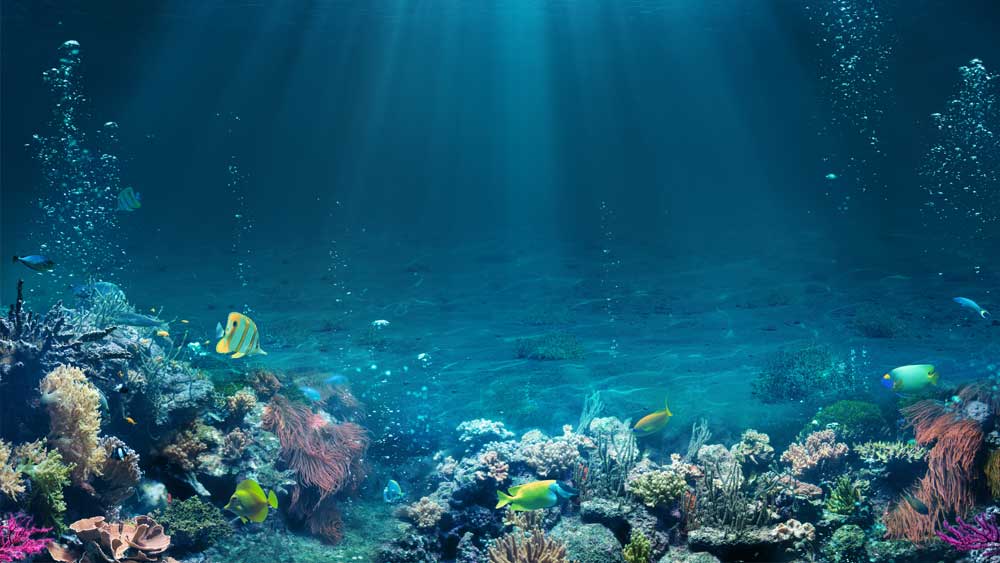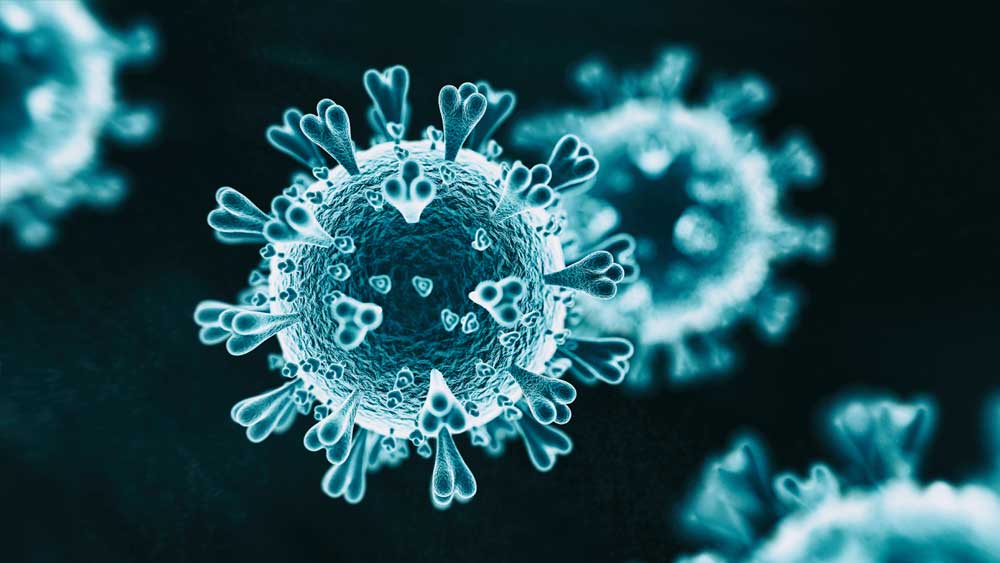
High-Speed Bird Communication Is Complex
High-speed creature communication has been making the news recently. There was underwater research on deep-sea squid,1 and now bird communication. In fact, the rapid signaling discovered in the honeyeater bird is all part of an intricate multi-part message that has scientists in awe at both its rapidity and complexity.2

An Ocean of Viruses
A virus is a very tiny structure. In its simplest definition, a virus is some nucleic acid (either DNA or RNA) packed inside a protein coat. It is designed to replicate inside living cells. Not all viruses are bad, but the disease-causing ones such as COVID-19 get all the press coverage.

What’s the Difference Between Virus and Bacteria?
As we are embroiled in a worldwide COVID-19 pandemic, it is important to know the basics of these tragic viral infections and why the medical community can’t just prescribe common antibiotics as they do with bacterial infections.

Deep Water Squid Communication Mystifies Scientists
In the deep, dark, cold waters of the Pacific Ocean—about 1,500 feet below the surface— hundreds of Humboldt squid the size of small humans (~ 5 feet long) were recently observed feeding on a school of lantern fish only about 3 to 4 inches long. The scientists used a high-tech remotely operated vehicle (ROV) with highly sophisticated photographic equipment to document the squid’s behavior.

Think Twice Before Whacking a Mole
It’s mole season. Moles get active in springtime, especially during March and April. Moles are mostly hidden out of plain sight, but they are actually important members of God’s creation. Many people dislike moles, due to how the creatures wrinkle lawn surfaces, but the ecological benefits usually outweigh such minor yard-care nuisances.







